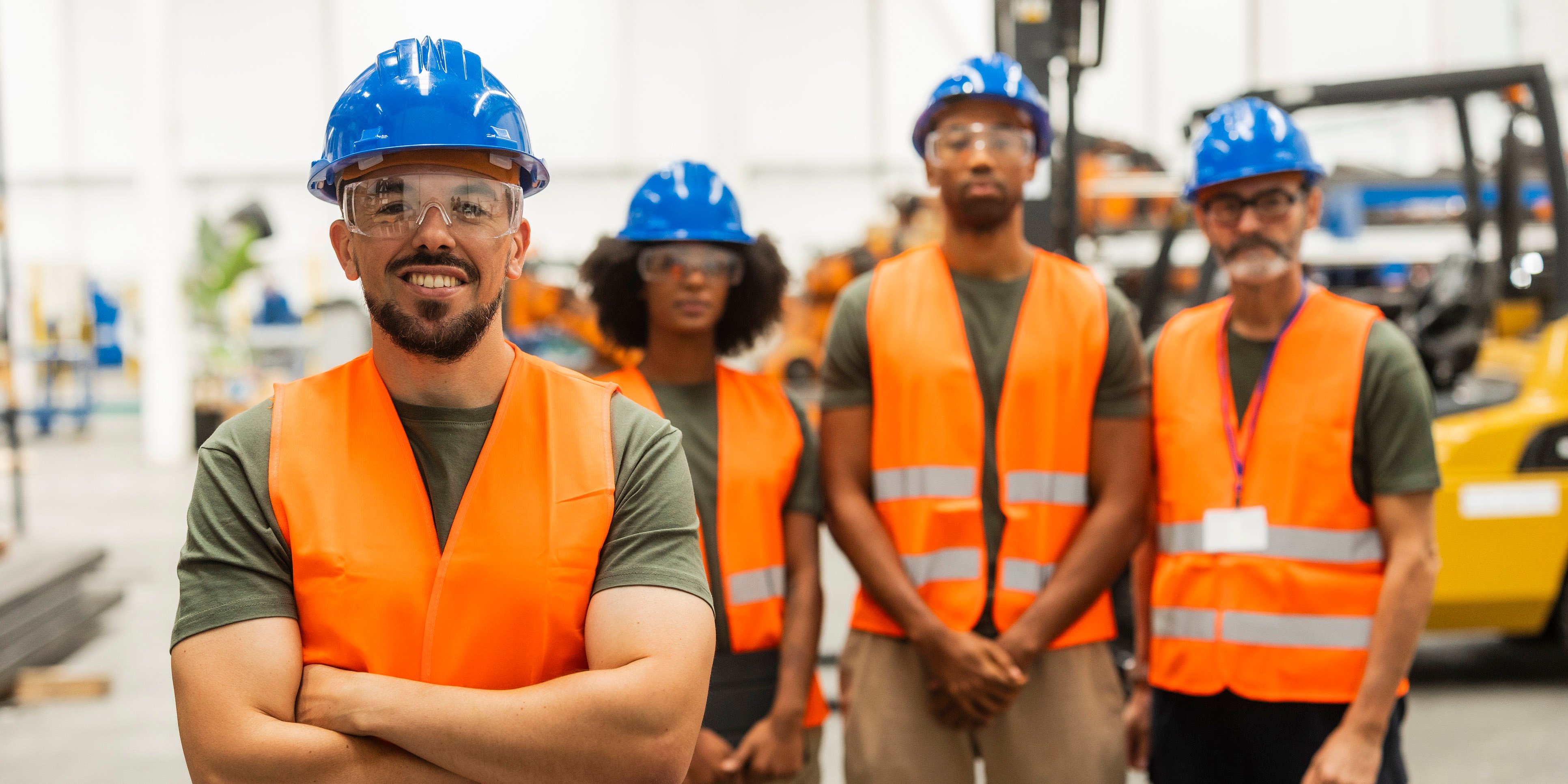Prevent It


Power in Participation: Building Sustainable Ergonomics Solutions
What if your employees held the key to a safer, healthier, and more productive workplace?
Turns out—they do.
Employees live and breathe the work. They know what strains their backs, what slows them down, and what could make their day better. That’s why involving them in ergonomics isn’t just smart—it’s essential. When workers help shape ergonomic solutions, you move from band-aid fixes to lasting improvements.
Why Worker Input is the Secret Ingredient
Your employees are subject matter experts. They understand their tasks, tools, and the challenges that come with them. Tapping into their insight means uncovering risks and opportunities that outside observers might miss.
When employees help identify problems and brainstorm solutions, they’re not just recipients of change—they become drivers of it. This sense of ownership creates stronger buy-in and more effective, practical outcomes.
From Buy-In to Ownership
Creating a sustainable ergonomics program starts with cultivating a supportive environment. This begins at the top. Leaders need to do more than approve budgets or nod at training initiatives—they need to champion them. That means:
- Communicating a real commitment to employee health and safety
- Allowing time for workers to participate in initiatives
- Actively demonstrating care through involvement and follow-through
When employees see leadership walk the walk, they’re far more likely to step up.
Build Trust, Then Build Solutions
Trust is a game-changer. Create spaces where employees can speak freely about their experiences, concerns, and ideas. Make ergonomics part of daily conversations—through safety meetings, team huddles, or informal chats.
And when you get feedback? Act on it. Nothing builds trust faster than showing people their voice matters.
Make Training Meaningful
Education is key. But training isn’t one-size-fits-all. Tailor it to your workplace and use a variety of formats:
- Interactive workshops
- On-the-job coaching
- Peer-to-peer sessions
- Quick online modules
And don’t forget supervisors—they need specific tools to lead ergonomic efforts, answer questions, and model good practices.
Feedback Isn’t Optional—It’s Fuel
Sustainable solutions require continuous learning. Create systems for ongoing monitoring and evaluation:
- Surveys
- Suggestion boxes
- Focus groups
- Casual check-ins
Feedback loops help you adapt to a changing workplace and fine-tune efforts. The more responsive your program is, the more engaged your employees will be.
Celebrate Success to Keep Momentum
Recognize the people driving change. Share success stories. Highlight real improvements. Acknowledge efforts in team meetings or company newsletters. This reinforces the message: "Your input matters. Your actions make a difference."
A Culture Built to Last
Participation transforms workplaces. When employees are empowered to shape their environment, safety becomes a shared goal, not just a policy. The result? A healthier, more engaged workforce and a program that can adapt and grow with your team.
Ready to unlock the full potential of your ergonomics program? Start by listening. Then build—together.
Let WorkWell help you build solutions that work.
Select a topic
- View all topics
- WorkWell
- Safety Culture
- Onsite PT Clinics
- Ergonomics
- Injury/Illness Prevention
- Employee Wellness
- MSK
- Industry News
- POET
- Safety
- Managed Services
- Manufacturing
- Functional Job Descriptions
- Onsite PT
- FJD
- Post Offer Employment Training
- Provider Network
- Blog
- Events
- Featured
- OSHA
- Work Readiness
- Company News
- Job Coaching
- MSK Strategy
- Musculoskeletal
- PT Solutions Employee
- Presenteeism
- Push/Pull
- Recruitment
- Training
- Trust
- Worksite Rounds
Subscribe to Our Blog
Practical tips focused on workplace injury prevention.
Featured Posts
postsTags [BlogPost 178613021575 Shift to Prevention and End the Game of Whack-a-Mole, BlogPost 125116526205 Why now is the time for a Managed Onsite MSK Clinic]
.png)

